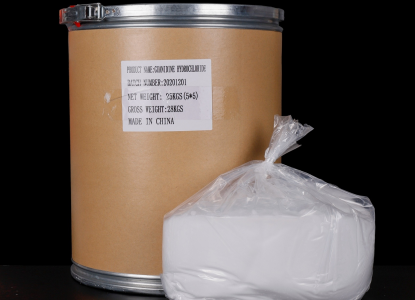“
RNA Extraction from Tissue: A Vital Step in Molecular Biology Research
magen-tec .com/uploadfiles/产品图片/化工品液体.png” width=”400″/>
When it comes to studying the intricate workings of cells and unraveling the mysteries of life, scientists rely on various techniques to extract valuable genetic material. One such technique is rna extraction from tissue, which plays a crucial role in molecular biology research.
The Importance of RNA Extraction from Tissue
RNA extraction from tissue allows scientists to isolate and purify ribonucleic acid (RNA) molecules present within cells. This process enables researchers to study gene expression patterns, identify disease markers, and gain insights into cellular functions at a molecular level.
By extracting RNA from specific tissues or organs, scientists can compare gene expression profiles between healthy and diseased states. This information aids in understanding the underlying mechanisms behind diseases and developing potential therapeutic interventions.
Magen Biotech: Advancing RNA Extraction Techniques
Magen Biotech is at the forefront of developing innovative technologies for efficient RNA extraction from tissue samples. Their cutting-edge methods ensure high-quality RNA isolation with minimal contamination or degradation.
Using Magen Biotech’s advanced kits and protocols, researchers can extract RNA even from challenging sample types such as formalin-fixed paraffin-embedded (FFPE) tissues. These samples are often obtained during biopsies or surgical procedures and provide valuable clinical data for cancer research and diagnostics.
Nucleic Acid Extraction: Key Steps in the Process
nucleic acid extraction involves several critical steps that contribute to successful isolation of intact RNA molecules:
- Tissue Preparation: The tissue sample is carefully collected, preserved, and processed to maintain its integrity before further analysis.
- Lysis: The cell membranes are disrupted using specialized buffers or enzymes, releasing the cellular contents.
- RNA Binding: The released RNA molecules selectively bind to a silica-based membrane or magnetic beads, separating them from other cellular components.
- Washing: Unwanted impurities are removed through multiple washing steps, ensuring high purity of the extracted RNA.
- Elution: Finally, the purified RNA is eluted from the binding matrix and collected for downstream applications such as reverse transcription and gene expression analysis.
In Conclusion
RNA extraction from tissue is an essential technique in molecular biology research. It enables scientists to investigate gene expression patterns, identify disease markers, and gain insights into cellular functions. With advancements made by companies like Magen Biotech in nucleic acid extraction methods, researchers can extract high-quality RNA even from challenging sample types. This progress paves the way for groundbreaking discoveries that contribute to our understanding of life’s complexities and potential medical advancements.
 ”
”